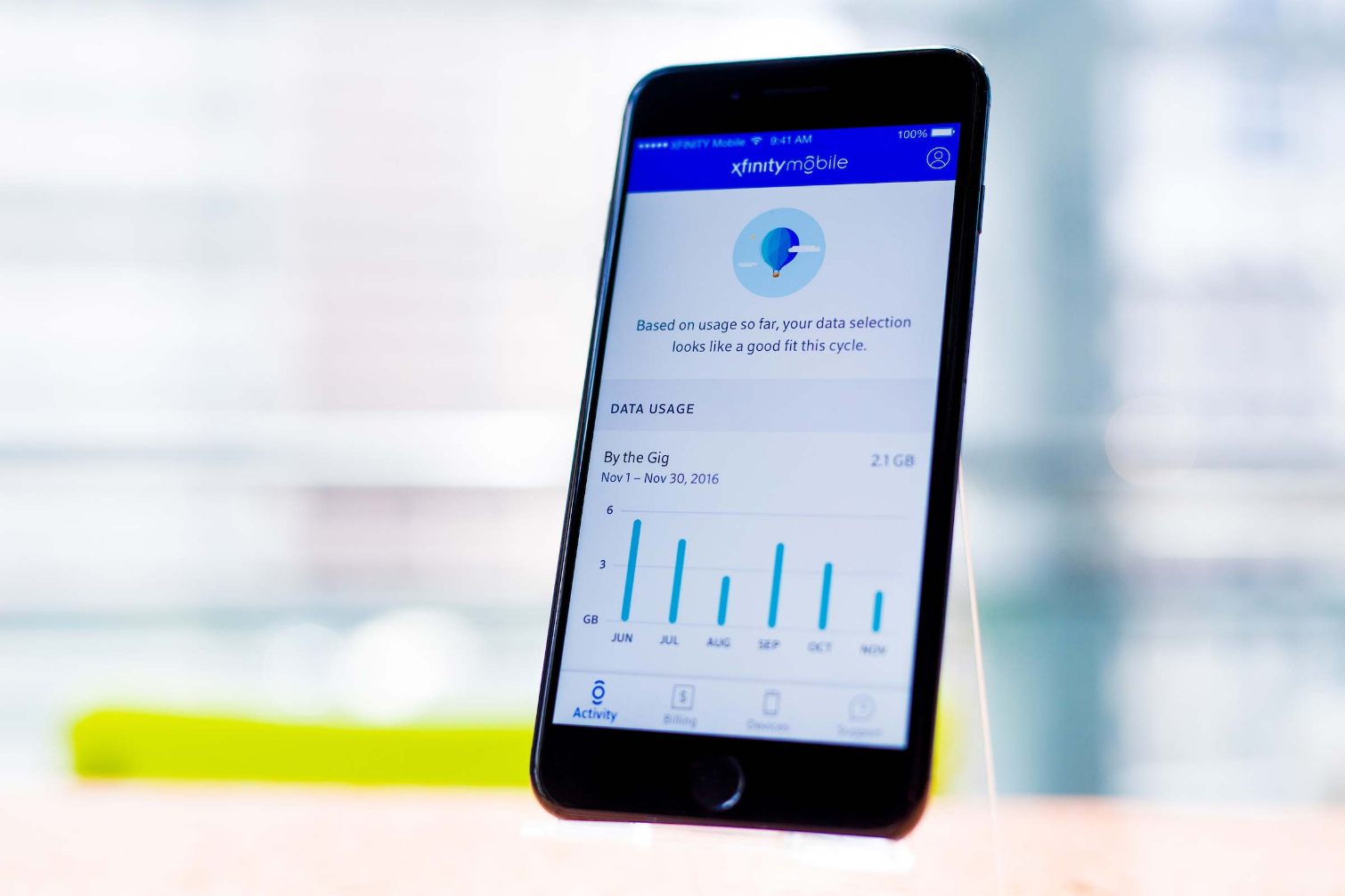Xfinity Mobile just launched 5G — and it's half the price of Verizon
Xfinity Mobile just became the cheapest way to access Verizon's blistering-fast 5G network

5G is finally trickling down from major carriers to smaller ones, and Xfinity Mobile is joining the fray. Comcast announced its launching 5G for Xfinity Mobile customers today (May 18), using Verizon's millimeter-wave (mmWave) network in the same 34 cities in which it's already active for Big Red users.
Comcast says 5G access will come at no extra charge to its regular plans, following the path set by T-Mobile. Other carriers, including Verizon, Sprint and AT&T require you to opt for higher priced plans if you want 5G coverage included. As always, you'll have to be an existing Xfinity home internet customer to be able to use the telecom's mobile service.
- What is Xfinity Mobile, and is it worth it?
- Verizon 5G Rollout: Locations, phones, price and more
- Plus: Massive Samsung Galaxy Note 20 leak just revealed all the key specs
If you want to take advantage of 5G on Xfinity Mobile, you'll need one of the two 5G phones the carrier offers — either the $1,199 Samsung Galaxy S20 Plus or $1,399 Galaxy S20 Ultra. Interestingly, you'll have to opt into 5G service from within the Xfinity app, even if you have one of the supported devices and even though the service comes at no additional expense.
Xfinity Mobile offers a mix of limited "by-the-gig" data options and unlimited plans. The former allows you to select the amount you expect to use before your billing cycle begins, starting with 1GB for $12, 3GB for $30 or 10GB for $60. If you ever need more data beyond your initial allotment, you can go over at a price of $12 per additional GB. The unlimited plan runs $45 per month, though unlike the tiered plans, video streaming is limited to standard definition.
While it's admirable that Comcast is adding 5G access for no extra charge, the only customers who will likely get any use out of those 1Gbps-plus mmWave data speeds are likely by-the-gig subscribers hovering around the 10GB mark, or unlimited customers.
Carriers are keen on promoting mmWave 5G for its blistering-fast downloads, often advertising hypothetical scenarios in which you could download an entire season of your favorite show in a minute or two. The catch is, of course, that in doing so you'd max out a 1GB or 3GB plan instantaneously, and so data plans need to expand in kind if service providers like Xfinity really expect to attract users with such claims.
Regardless, Xfinity Mobile looks like a cheap road to 5G access for those interested. Consider that the carrier's $45 unlimited plan includes 20GB of full-speed data before throttling takes effect. Verizon's cheapest plan with 5G access — the head scratchingly-named Play More Unlimited — will set single users back twice that, at $90 per month before you factor in a $10 auto pay discount. You can save $10 a month on Verizon's Start Unlimited plan, but you'll pay back that $10 in savings with the cost of adding 5G support to that plan.
Sign up to get the BEST of Tom's Guide direct to your inbox.
Get instant access to breaking news, the hottest reviews, great deals and helpful tips.
Verizon's mmWave infrastructure, which underpins Xfinity's 5G network, extends to 34 cities at the moment. You can find the complete list on the network's website, and it'll continue to grow throughout 2020. (Verizon's target is 60 cities by year's end.) Closer to the end of the year, Verizon also expects to roll out its sub-6GHz 5G network, which will blanket the country but offer slower speeds more similar to 4G LTE. Xfinity Mobile customers will gain access to that part of Verizon's network as well, once it launches.
Adam Ismail is a staff writer at Jalopnik and previously worked on Tom's Guide covering smartphones, car tech and gaming. His love for all things mobile began with the original Motorola Droid; since then he’s owned a variety of Android and iOS-powered handsets, refusing to stay loyal to one platform. His work has also appeared on Digital Trends and GTPlanet. When he’s not fiddling with the latest devices, he’s at an indie pop show, recording a podcast or playing Sega Dreamcast.
